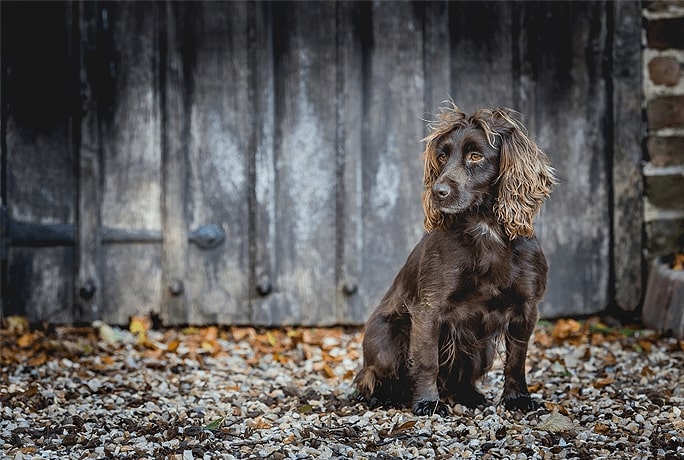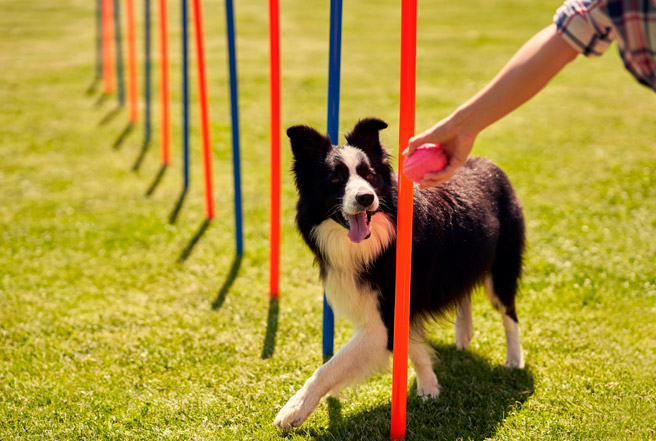How to feed your dog well – “The Good Dog-Feeding Guide”
It is often said that “we are what we eat”. In the same way, our dogs are what they eat, after all, food provides all the nutrients to both fuel and build a healthy, happy body. However, there is more to feeding your dog well than simply considering the food you feed!
Let’s think about some key points to feeding your dog well!
- Water is essential – you must ensure your dog has a fresh, clean supply of water always. If you feed a dry food, your dog will require more water than a dog fed on a raw, moist or semi-moist diet. Keep your dog’s water bowl clean and scrub it regularly to prevent the build-up of any slimy residues and refresh your dog’s water bowl at least once a day (more so in warm weather!)
- Know your dog – learn what is normal for your dog in terms of frequency and amount of elimination (peeing and pooing!), amount drunk daily, feeding behavior and general demeanor. Your dog is an individual and knowing what is “normal” for your dog is key to managing how and what you feed.
- Know what you are feeding – weigh it! Consistent management of the amount you feed will help keep your dog’s waistline AND your bank balance healthy! Working on “scoops” or “cups” is notoriously inaccurate and can easily alter the amount fed by more than 10% (sometimes MUCH more). Working off feeding guidelines provided by manufacturers and weighing out what you feed is an easy way to monitor what your dog is actually eating and allows you to make any changes clearly if your dog is suddenly losing or gaining weight (although in cases of sudden and unexplained weight loss or gain, seek veterinary advice).
- Weight your dog too! – make an effort to both look at your dog’s waistline regularly (from above, most dogs should have a clear waistline) and regularly run your hands all over your dog to body condition score (feeling for fatty deposits, muscle definition and even any lumps or bumps!) Weighing also means you can clearly identify even tiny changes in weight, either up or down and a regular weigh-in (weekly is ideal) is a great routine for the whole family to get involved in! This means you can alter the amount your dog is eating based on what they are actually doing activity wise and how their body is responding and if your dog is on a diet, you can see the results!
- Manage mealtimes – some dogs do well on a single meal, but many owners prefer to split a daily ration into two or more meals. This can also be useful for hard working dogs, overweight but dieting(!) dogs and even underweight dogs as it can regulate a consistent nutrient balance in the body. Look at alternatives to feeding in bowls too – puzzle feeders, stuffed Kong toys, scatter feeding or even using your dog’s food as training rewards. This can be a great way to both bond with your dog and incorporate fun, exercise and longevity to mealtimes.
Thinking about some of the key principles behind feeding well (as well as what we feed our dogs) can go a long way to keep them happy, healthy and well behaved, as well as making our relationships with them even better.
Written by Dr Jacqueline Boyd



